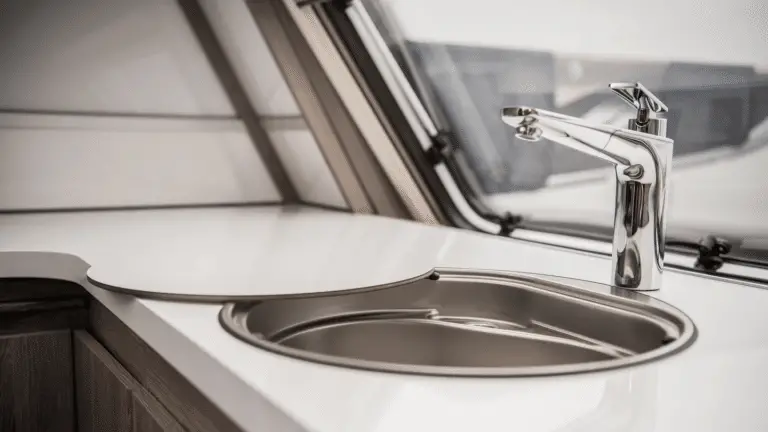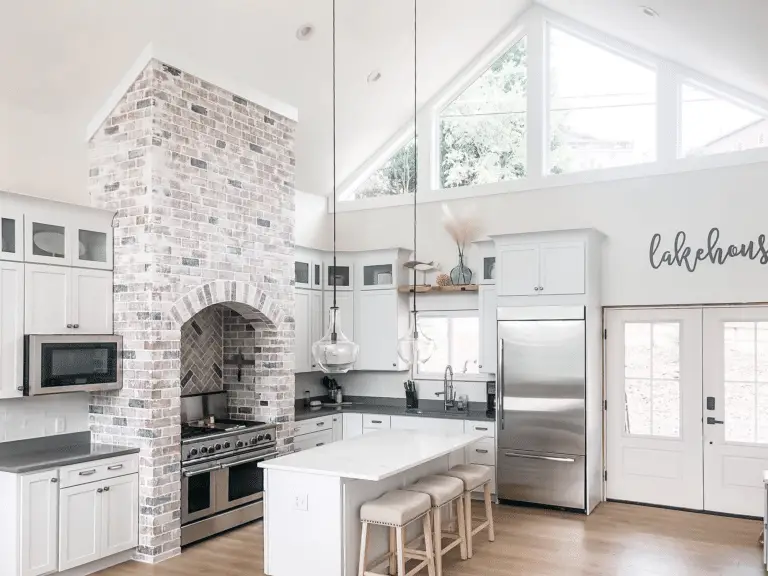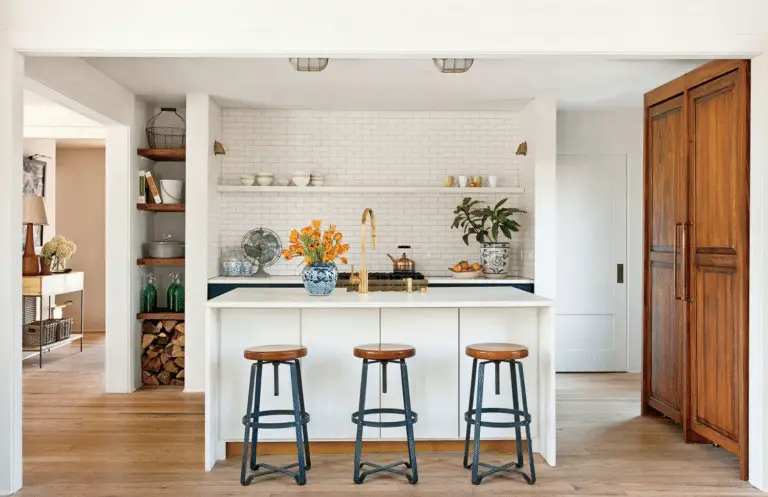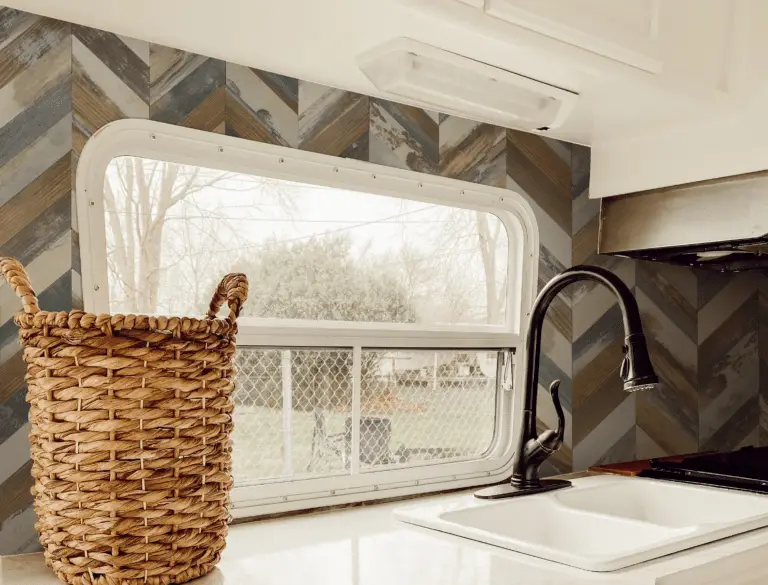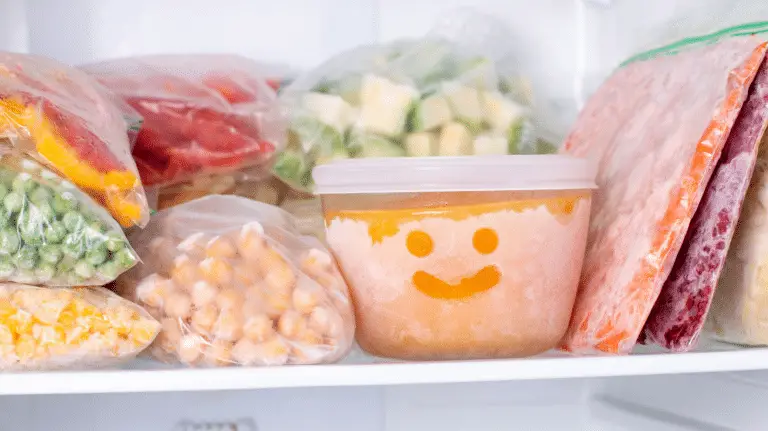Welcome to our blog post on kitchen carcass materials! Have you ever wondered about the importance of choosing the right material for your kitchen cabinets? In this guide, we will walk you through the different types of materials like plywood, MDF, particle board, and even metal, and discuss their durability, cost-effectiveness, and aesthetic appeal.
Whether you’re considering plywood for its strength and water resistance or exploring the versatility of MDF and particle board, we’ve got you covered. Let’s dive in and discover the best option for your kitchen!
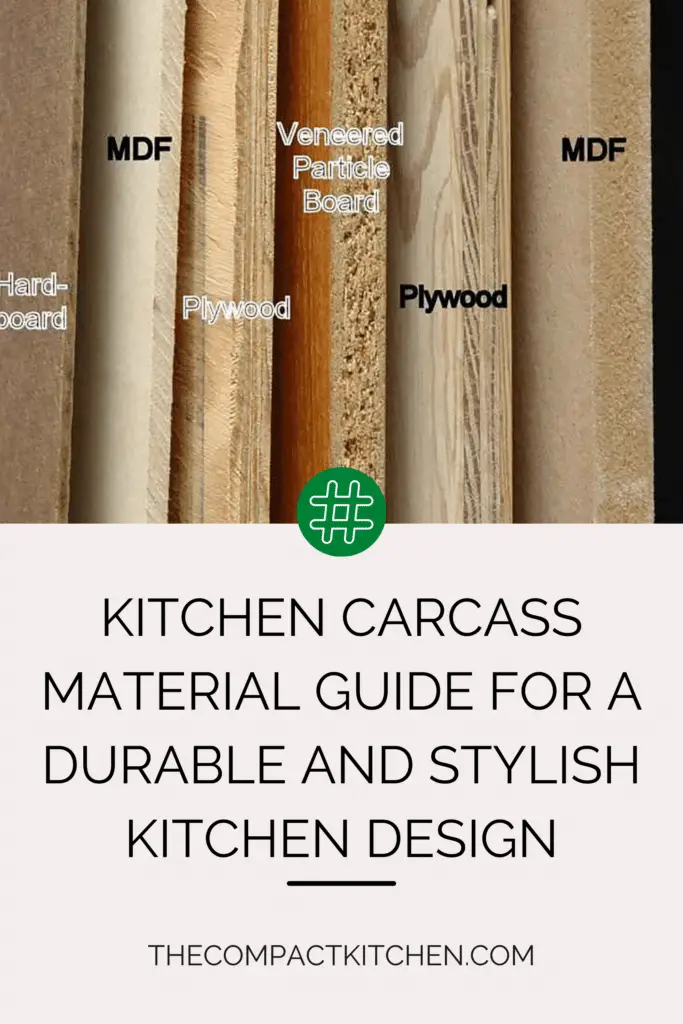
Guide to the Different Types of Kitchen Carcass Materials
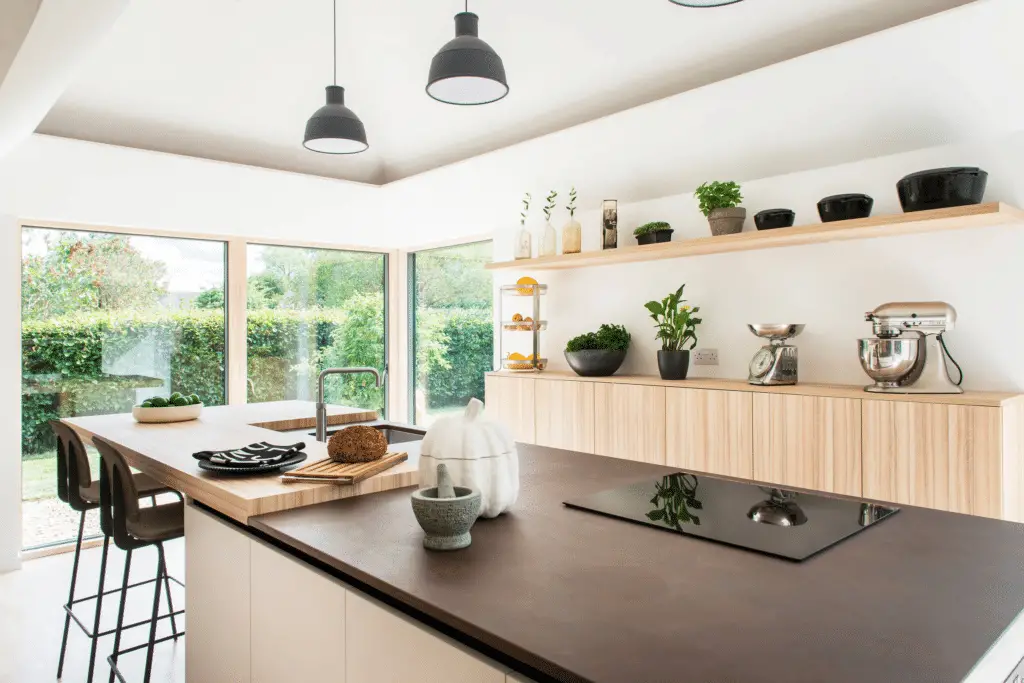
When it comes to building a kitchen, one of the most crucial decisions you’ll have to make is choosing the right material for your kitchen carcass. The carcass material not only affects the durability and functionality of your kitchen but also plays a significant role in the overall aesthetics of the space. Let’s dive into the different types of kitchen carcass materials to help you make an informed decision.
1. Plywood
Plywood is a popular choice for kitchen carcasses due to its exceptional durability and water resistance. Made by layering thin sheets of wood veneer, plywood is known for its strength and stability. It is less prone to warping or shrinking when exposed to moisture, making it an ideal choice for kitchens where spills and humidity are common occurrences.

One common misconception about plywood is that it is expensive compared to other materials. While plywood may have a slightly higher upfront cost, its long-term durability and resistance to wear and tear make it a cost-effective choice in the long run. Additionally, plywood offers a smooth surface for finishing, making it easy to paint or laminate for a customized look.

2. MDF and Particle Board
MDF (Medium Density Fiberboard) and particle board are both engineered wood products that are widely used in kitchen furniture construction due to their cost-effectiveness. MDF is made by compressing wood fibers with resin, while particle board is composed of wood chips and glue.

While MDF and particle board are budget-friendly options, they are more susceptible to moisture damage compared to plywood. These materials have a limited lifespan and may not hold up as well in high-humidity environments. However, their smooth surfaces make them suitable for laminates and veneers, allowing for a variety of design possibilities.

3. Metal
If you’re looking for a modern and industrial aesthetic for your kitchen, metal can be a unique choice for your carcass material. Metal carcasses offer robustness and durability, making them suitable for heavy-duty use. They also add a sleek and contemporary look to the kitchen, perfect for a minimalist or industrial-style design.

However, metal carcasses may come with a higher cost compared to wood-based materials. Additionally, professional installation may be required for metal carcasses due to their weight and structural considerations. While metal offers a distinctive look for your kitchen, it’s essential to weigh the pros and cons carefully before making a decision.

When choosing the right kitchen carcass material for your project, consider factors such as durability, cost-effectiveness, and the aesthetic appeal of the material. Each material has its strengths and weaknesses, so it’s essential to prioritize your needs and preferences to create a kitchen that suits your lifestyle and design taste.
The Benefits and Downsides of Using Plywood for Kitchen Carcass
When it comes to choosing the right material for your kitchen carcass, plywood is often a popular choice for many homeowners. Known for its durability and water resistance, plywood offers a range of benefits that make it a top contender when deciding on kitchen renovation materials.
Strength and Durability

One of the key strengths of plywood as a kitchen carcass material is its exceptional strength and durability. Plywood is constructed by layering thin sheets of wood together, with each layer oriented in a different direction. This cross-grain construction gives plywood its strength, making it less susceptible to warping or cracking compared to solid wood. This durability ensures that your kitchen cabinets will withstand the wear and tear of daily use, lasting for years to come.
Water Resistance
Another advantage of plywood is its natural resistance to moisture. Unlike some other materials that may swell or degrade when exposed to water, plywood holds up well in humid environments such as kitchens and bathrooms. This water resistance helps to prevent mold and mildew growth, ensuring the longevity of your kitchen cabinets.
Common Misconceptions
Despite its many benefits, there are some common misconceptions about using plywood for kitchen carcass construction. One of the most prevalent myths is that plywood is significantly more expensive than other materials such as MDF or particle board. While plywood may have a higher upfront cost, its durability and longevity can actually make it a more cost-effective choice in the long run, as you won’t have to replace your cabinets as frequently.
Drawbacks of Plywood
While plywood offers a range of benefits, it’s essential to consider the potential drawbacks as well. One of the main concerns with plywood is the variability of quality on the market. Lower-grade plywood may have voids or weak spots that can affect its strength and durability. It’s crucial to source high-quality plywood from reputable suppliers to ensure that you are getting a reliable and long-lasting product for your kitchen cabinets.

In conclusion, plywood is a top choice for kitchen carcass material due to its strength, durability, and water resistance. While there may be some misconceptions and drawbacks associated with plywood, its many benefits make it a solid option for homeowners looking to invest in a long-lasting and functional kitchen.
The Role of MDF and Particle Boards in Kitchen Carcass Building
When it comes to choosing the right material for your kitchen carcass, MDF and particle boards are often considered economical options that offer versatility in design and construction. While they may not have the same reputation for durability as plywood, these materials can still be viable choices for certain kitchen renovation projects.
Exploring the Versatility of MDF and Particle Board
MDF and particle boards are engineered wood products that are made by compressing wood fibers together with adhesive. They are known for their smooth surfaces, which make them ideal for finishing with laminates or paint. This allows for a wide range of design possibilities, from sleek modern looks to traditional styles.

One of the advantages of using MDF and particle boards is their consistency in size and shape, which can streamline the construction process and ensure precise fittings. They are also relatively lightweight compared to solid wood, making them easier to work with during installation.
Examination of the Issues Surrounding MDF and Particle Boards
Despite their versatility, MDF and particle boards do have some limitations that should be considered before choosing them for your kitchen carcass. These materials are more susceptible to moisture damage compared to plywood, which can lead to swelling or warping if exposed to water. It is important to take precautions to protect them from excessive moisture in the kitchen environment.

Additionally, MDF and particle boards may have a limited lifespan compared to other materials like plywood or solid wood. They are not as durable and may show signs of wear and tear over time, especially in high-traffic areas of the kitchen. It is essential to weigh the cost-effectiveness of these materials against their potential for future repairs or replacements.
In conclusion, while MDF and particle boards can be cost-effective choices for kitchen carcass building, they do come with certain drawbacks that should be taken into account. It is crucial to assess your specific needs and priorities when selecting the right material for your kitchen renovation project.
Considering Metal as a Kitchen Carcass Material
Metal may not be the first material that comes to mind when thinking about kitchen carcass options, but it is certainly a unique choice that can bring a modern and industrial aesthetic to your space. In this section, we will delve into the advantages and limitations of using metal for your kitchen carcass material.

Metal kitchen carcasses are known for their robustness and durability. Whether you opt for stainless steel, aluminum, or other metals, you can count on a long-lasting and sturdy foundation for your kitchen cabinets. Metal is resistant to moisture, heat, and scratches, making it an excellent choice for a high-traffic area like the kitchen. Additionally, metal carcasses are easy to clean and maintain, requiring minimal effort to keep them looking pristine.
One of the key advantages of metal carcasses is their sleek and contemporary appearance. If you are aiming for a modern or industrial design for your kitchen, metal can be the perfect complement to achieve that aesthetic. The reflective surface of metal can also help to brighten up the space and make it feel more spacious.
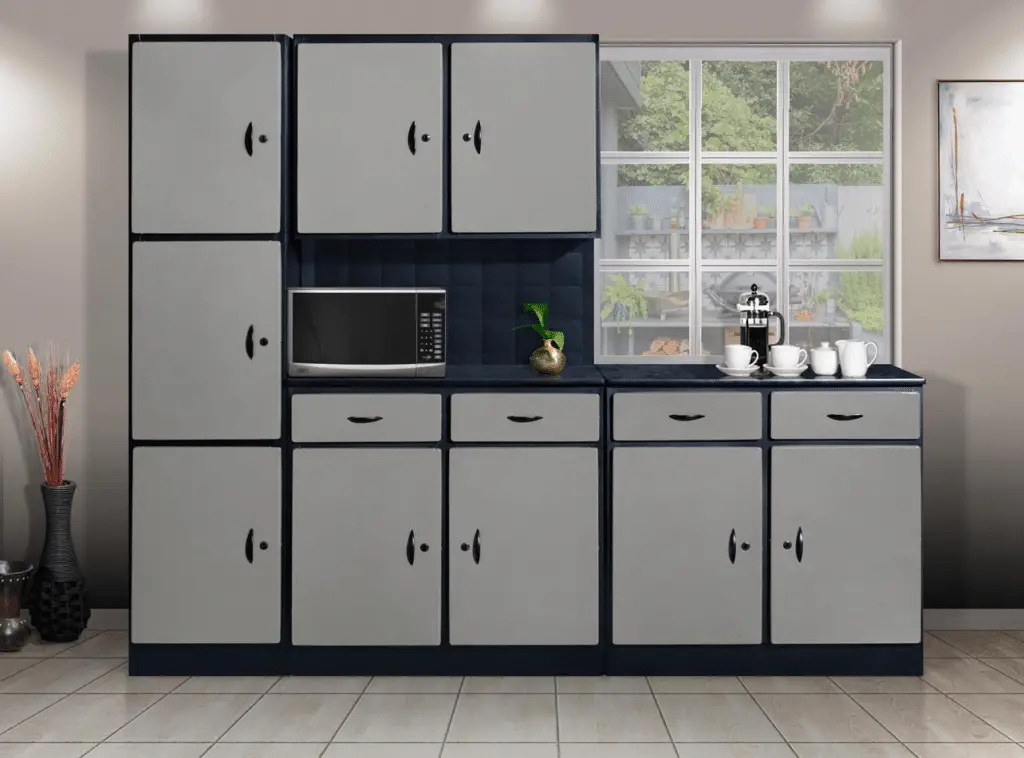
However, it is essential to consider the limitations of using metal as a kitchen carcass material. One of the main drawbacks is the cost. Metal is generally more expensive than other materials like plywood, MDF, or particle board. If you are working within a tight budget, metal carcasses may not be the most cost-effective option for you. Additionally, metal is heavier than other materials, which can make installation more challenging, requiring professional help to ensure proper fitting and support.
In conclusion, metal carcasses offer a unique and contemporary look for your kitchen, along with exceptional durability and resistance to wear and tear. If you are willing to invest in a premium material and enjoy a modern design aesthetic, metal could be the perfect choice for your kitchen renovation. Just be prepared for the higher cost and potential need for professional installation when considering metal as your kitchen carcass material.
Parting Thoughts on Kitchen Carcass Material
In the world of kitchen design, the choice of carcass material is crucial. From the sturdy reliability of plywood to the economic appeal of MDF and particle board, each option has its own strengths and weaknesses. And let’s not forget the bold statement metal can make in a modern kitchen setting.
As we conclude, the key is to balance durability, cost, and aesthetics. So, whether you prefer the classic charm of plywood or the sleek look of metal, choose wisely and build the kitchen of your dreams!



